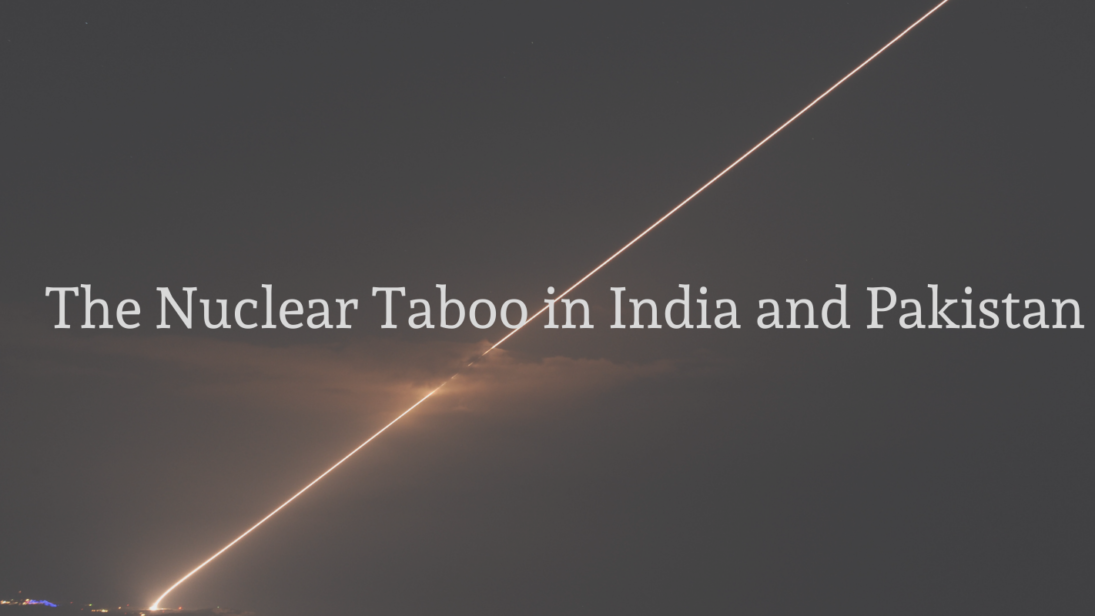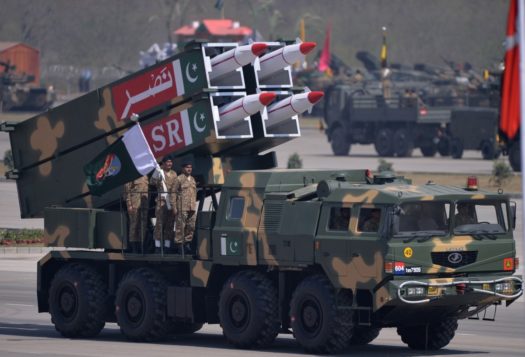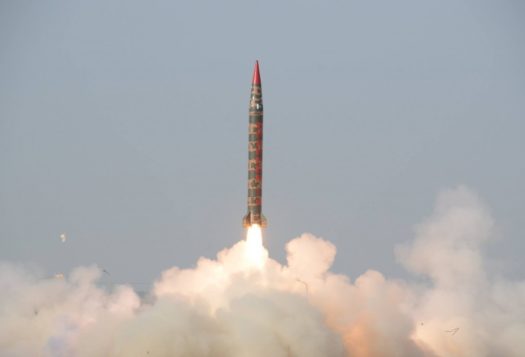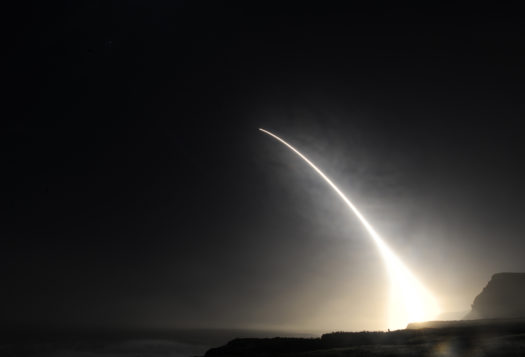
In a recent policy paper for the Stimson Center, “23 Years of Nonuse: Does the Nuclear Taboo Constrain India and Pakistan?” Dr. Nina Tannenwald analyzed the status of the nuclear taboo in South Asia – discussing the ways in which it has been strengthen or undermined in public statements by leaders, nuclear doctrines, force postures, and public opinion – and put forward recommendations for strengthening a fragile taboo. Published two years after the 2019 Pulwama crisis, which saw the most significant levels of escalation between India and Pakistan since their 1998 nuclear tests, the paper is a timely assessment of the role of norms of nonuse in South Asia. In this SAV review series, Dr. Sannia Abdullah, Dr. Manpreet Sethi, and Harry I. Hannah respond to the paper and discuss whether the nuclear taboo plays a constraining role for policymakers in India and Pakistan, analyze the impact of global norms and third parties on crisis behavior, and propose policy recommendations for strengthening the taboo in South Asia.
***
Image: U.S. Missile Defense Agency via Flickr (modified)



